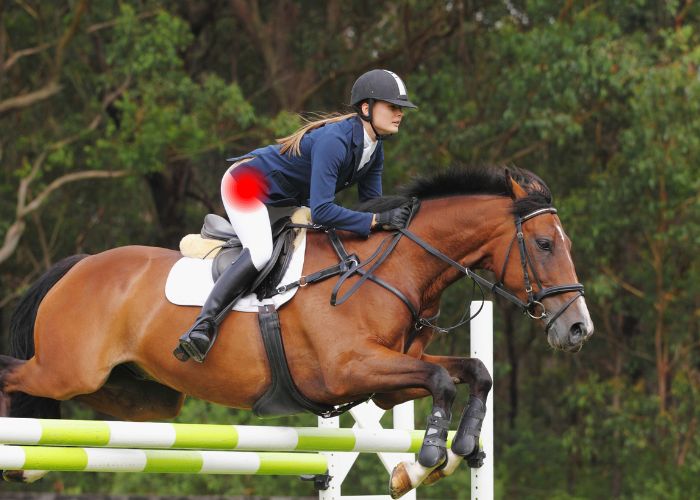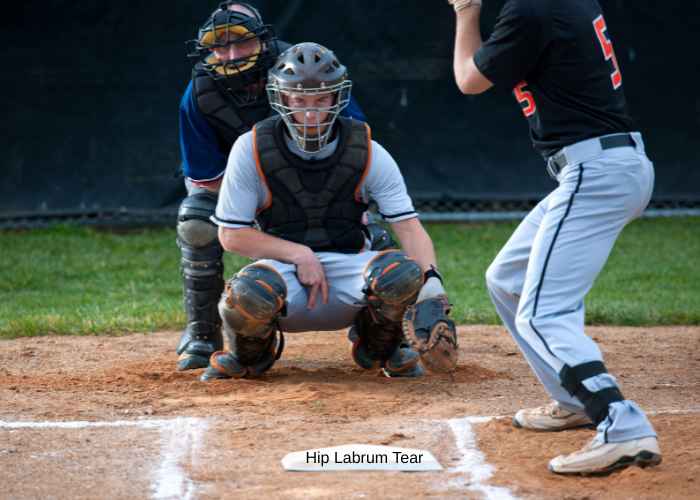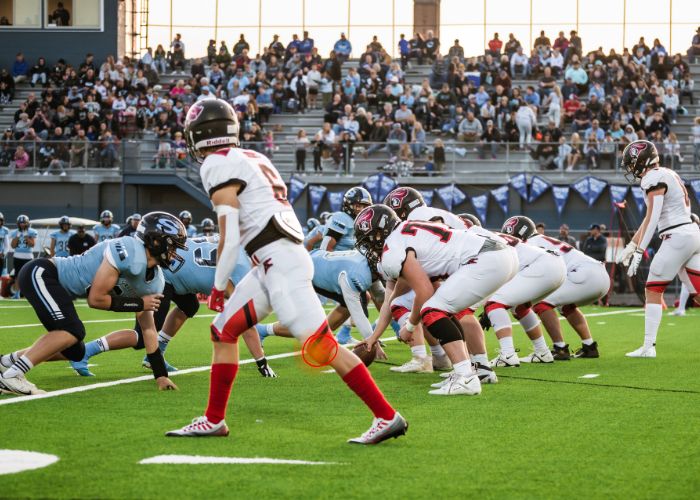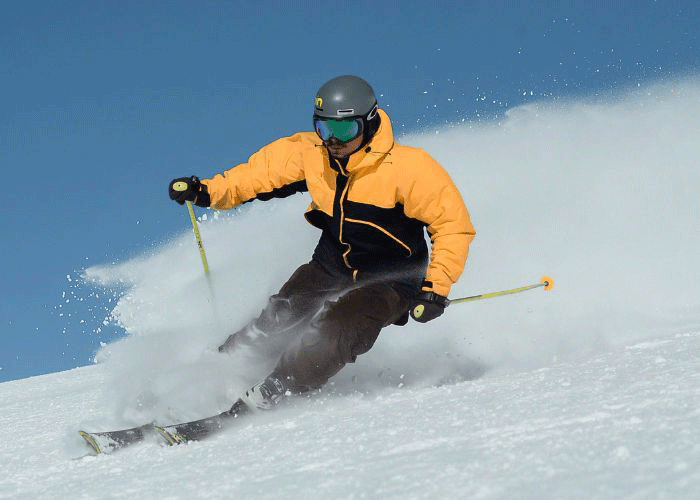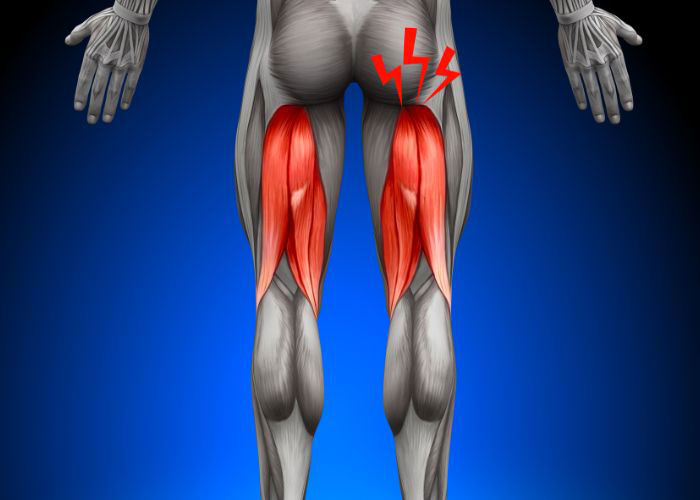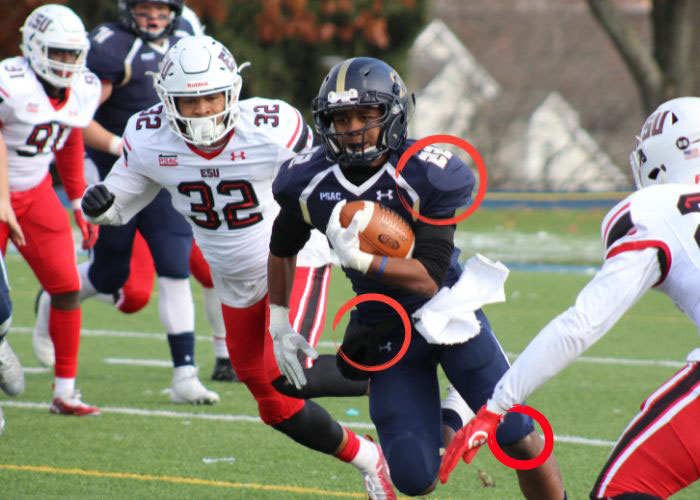What is a rotator cuff injury?
The glenohumeral joint is formed by the insertion of the head of the humerus (upper arm bone) into the glenoid socket of the scapula (shoulder blade). The rotator cuff and underlying joint capsule surround this joint and contribute to joint stabilization with movement. There are four separate muscles that make up the rotator cuff with each muscle attached to the proximal humerus by its own tendon. Rotator cuff injuries are frequently the result of a traumatic event such as a fall onto an outstretched arm, a motor vehicle collision, or a sports-related activity. Natural tendon degeneration may also result in damage to the rotator cuff.
What is the treatment for a severe rotator cuff injury?
Non-surgical therapies can be beneficial for patients with small rotator cuff injuries. These non-surgical treatment measures can include immobilization of the shoulder joint followed by gradual shoulder strengthening exercises with a physical therapy team.
However, surgical intervention may be necessary if non-surgical therapy fails to alleviate symptoms, a severe rotator cuff injury was sustained, or arthritis is present in the glenohumeral joint. Although a traditional shoulder arthroscopy procedure may be sufficient for repairing mild to moderate rotator cuff injuries, more severe and complex rotator cuff injuries with underlying joint capsule defects may benefit from a procedure known as superior capsular reconstruction (SCR). This surgical technique is another minimally invasive option that implements a tissue graft to restore function and range of motion back to the humeral head. Dr. Ronak Mukesh Patel, orthopedic shoulder doctor, treats patients in Sugar Land, Pearland, and the Houston, Texas area who have experienced a rotator cuff injury and are in need of superior capsular reconstruction.
When is a superior capsular reconstruction performed?
This procedure is reserved for specific cases which Dr. Patel will determine after a full evaluation, exam, and review of imaging. Superior capsular reconstruction is considered in the following instances:
- When patients have failed a prior rotator cuff repair.
- The patient has a large or massive rotator cuff tear.
- The rotator cuff tissue is poor in quality.
- A rotator cuff tear that is irreparable.
How is superior capsular reconstruction performed?
A superior capsular reconstruction (SCR) is typically performed as a minimally invasive arthroscopic procedure. General anesthesia and a nerve block are administered, and the patient is situated into a beach-chair position. When stabilized, Dr. Patel creates a few small incisions along the top portion of the shoulder. A small camera (arthroscope) is inserted through a portal to carefully assess the bones, muscles, tendons, and ligaments of the glenohumeral joint. Specialized surgical instruments are then introduced to excise and remove the damaged rotator cuff tissue. Dermal grafts harvested from donor tissue (allograft) are molded to the exact measurements of the rotator cuff defects. The tissue grafts are sewn into the native rotator cuff muscle and fastened to special surgical anchors positioned on the proximal humerus and superior glenoid. When the necessary revisions are completed, the new tissue graft is evaluated for stability and the surgical instruments and arthroscope are removed from the shoulder joint.
What is the recovery period like after superior capsular reconstruction?
The recovery following a successful superior capsular reconstruction (SCR) is often a slow process to allow the graft ample time to properly heal while also reducing the risk of graft failure. On average, patients can expect a full recovery with a return to their normal daily activities in approximately 6-8 months. The majority of patients in the Sugar Land, Pearland, and Houston, Texas area can expect the following during the recovery period:
- The shoulder joint will be immobilized immediately following surgery with a sling or other immobilization device. This device will remain in place for at least 6 weeks.
- After immobilization, there is a careful progression of shoulder range of motion and strengthening over a period of 6 to 10 weeks.
- The post-operative pain and inflammation can be controlled with rest and non-steroidal anti-inflammatory medications (NSAIDs). Stronger pain medication can be prescribed by Dr. Patel if necessary.
- The key to a successful recovery following superior capsular reconstruction is compliance with the post-operative instructions set forth by Dr. Patel. Rushing the rehabilitation period can result in graft failure or further damage to the rotator cuff.
Superior Capsular Reconstruction Doctor
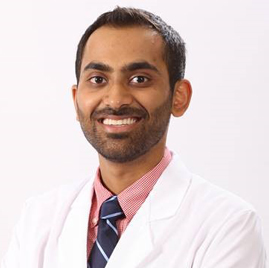
If you have a rotator cuff injury and non-surgical treatments have failed to eliminate shoulder pain and restore function, you may need a superior capsular reconstruction. A superior capsular reconstruction or SCR is a surgical treatment option used to repair severe or more complex rotator cuff tears. Doctor Ronak Mukesh Patel, provides this minimally invasive surgical technique for patients in Houston, Sugar Land, and Pearland, TX who have suffered a severe rotator cuff tear. Contact Dr. Patel’s team today!
